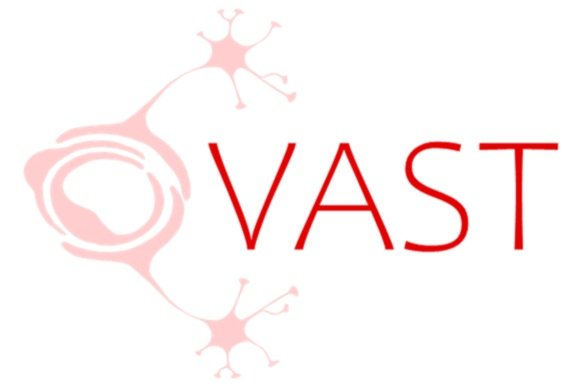Presenter: Ali Rezaei (left)
Paper: Exploring cognitive related microstructural alterations in normal appearing white matter and deep gray matter for Small Vessel Disease: A Quantitative Susceptibility Mapping study
Learning Objectives:
Understanding the role of normal appearing white matter (NAWM) and deep gray matter in cognition
Applications of quantitative susceptibility mapping in small vessel disease and relevant interpretations.
About the speaker:
Ali is a both PhD candidate in the Physics Department at Concordia University in the Quantitative Physiology Lab (QPI Lab) under supervision of Dr. Claudine Gauthier, and a VAST scholar. His area of research is MRI physics and quantitative MRI methods, specifically Quantitative Susceptibility Mapping (QSM). Ali completed both his Bachelor’s and Master’s in the Biomedical Engineering department of Amirkabir University of Tehran, Iran. He worked on left ventricle mechanical characteristics analysis using MRI during his Master’s, before shifting to brain imaging for his PhD. Ali enjoys talking to people, especially his peers, about various subjects from science to politics, and is happy to connect at any time.
Presenter: Matthew Rozak (right)
Paper: Brain capillary pericytes exert a substantial but slow influence on blood flow
Learning Objectives:
Understand the distinct location and function of unique mural cells with an emphasis on the dynamics of capillary constriction and their contribution to vascular tone regulation in vivo.
Appreciate key controversies underlying whether or not capillary pericytes are contractile.
Develop familiarity with invivo methods for examining blood flow at the capillary level with multiphoton excitation microscopy.
About the speaker:
Matthew Rozak is a 6th-year PhD student in the Department of Medical Biophysics at the University of Toronto. He previously completed his Honours B.Sc. in Biological Physics at the University of Toronto. His current research focuses on developing imaging methods and analysis pipelines for characterizing microvascular coordination from 3D microscopy images.
